
Career - Finance, Data |
Interests - History, Genealogy, Astronomy |
Rotarian, JCI Senator |
Alumnus of IMT Ghaziabad |
Unseen in Plain Sight
How to get URL link on X (Twitter) App

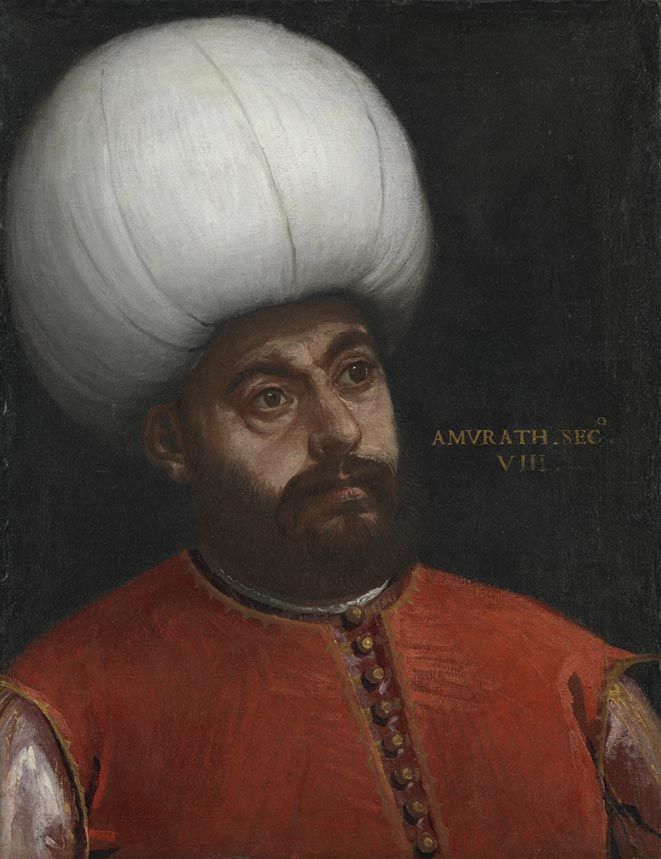
https://twitter.com/Arby_K/status/1605752484391165958Murad was born in 1404 to Mehmed. Mehmed was the son of Bayezid, the Ottoman Sultan who was captured by Timur in 1402. This led to a period of anarchy in the Sultanate. By 1413, Mehmed had managed to defeat his brothers and take over as Sultan of the entire Sultanate. 1/10

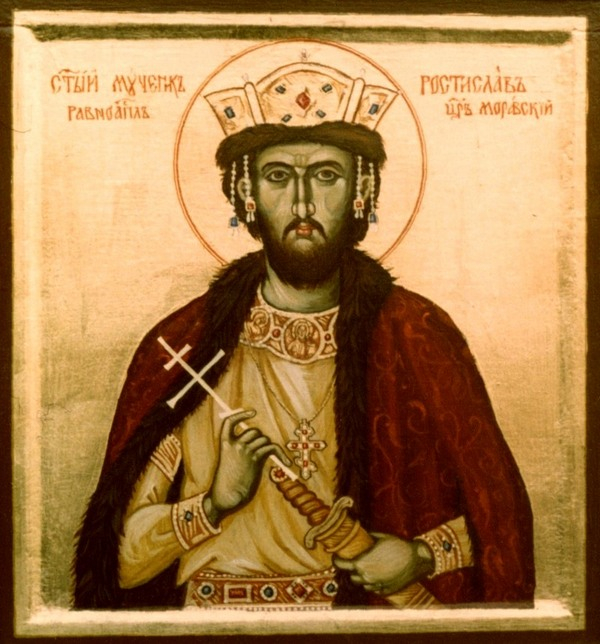
https://twitter.com/Arby_K/status/1604302934086483968Rastislav was born in early 9th century. His father may have been Wistrach and his uncle Mojmír, the Duke of Moravia. Little is known about Rastislav's youth, until 846 when Franks invaded Moravia and installed Rastislav as the Duke of Moravia. 1/10

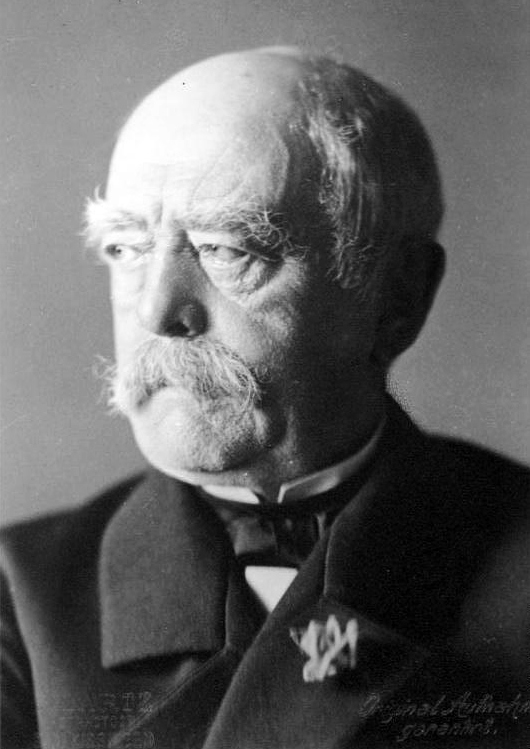
https://twitter.com/Arby_K/status/1603215768631377921Otto Eduard Leopold von Bismarck was born in 1815 to Karl Wilhelm Ferdinand von Bismarck and Wilhelmine Luise Mencken. Hailing from Schönhausen, the Bismarcks were a prominent noble family of the Kingdom of Prussia, with connections in Pomerania. 1/10

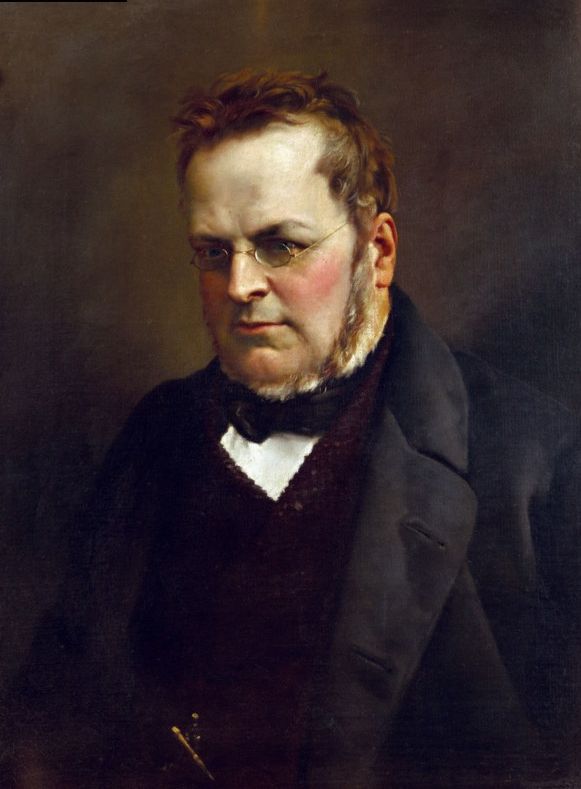
https://twitter.com/Arby_K/status/1601404013676990464Camillo Benso was born in 1810 to Michele Benso, Marquis of Cavour, and Adélaïde Suzanne de Sellon. The Bensos were prominent nobility of Savoy. Camillo also had a distinguishing French connection thanks to his mother and his godmother Pauline, sister of Emperor Napoleon. 1/10

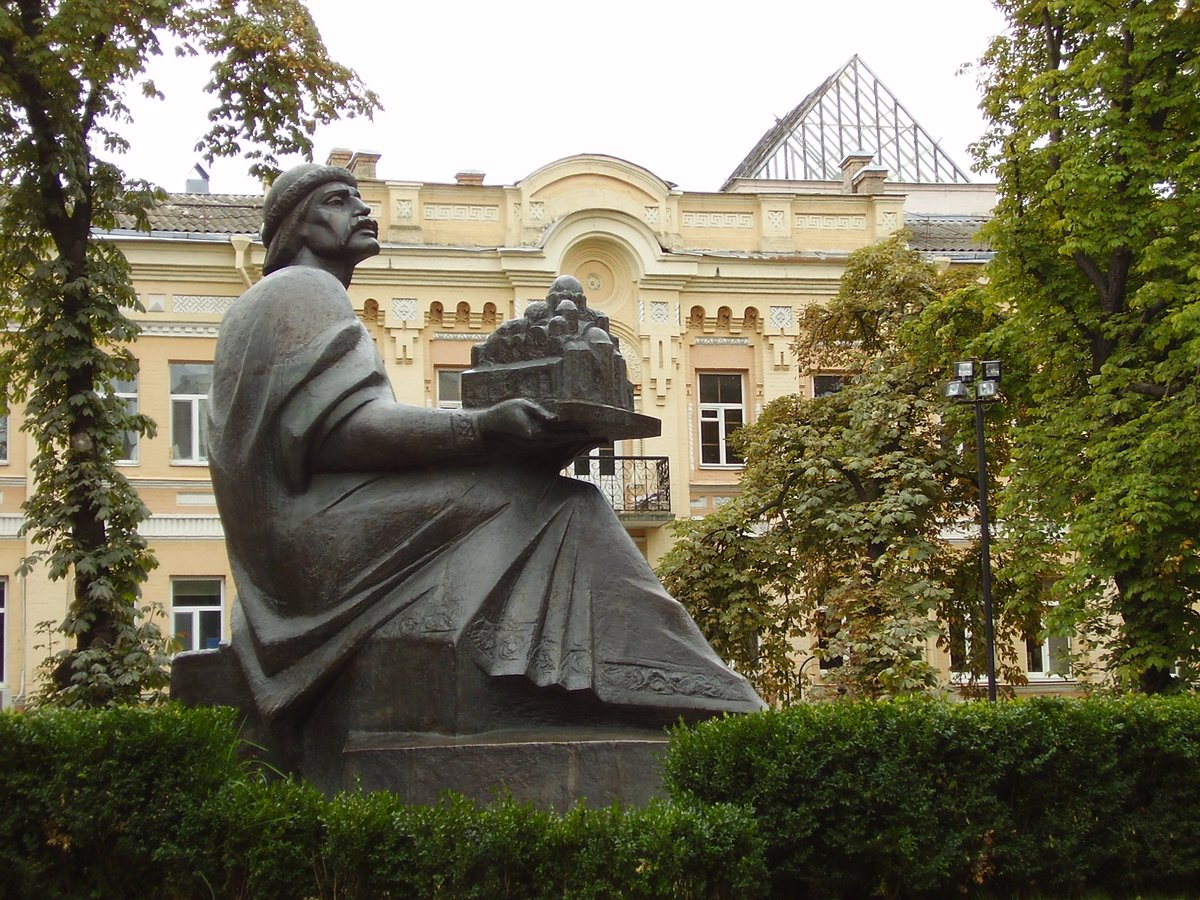
https://twitter.com/Arby_K/status/1600679071674822656Iaroslav Vladimirovich was born around 980 to Vladimir Sviatoslavich, Grand Prince of Kiev, and Rogned of Polotsk. Vladimir was initially supposed to rule only in Novgorod, but he had taken Kiev and Dereva from his brothers by 980. 1/10

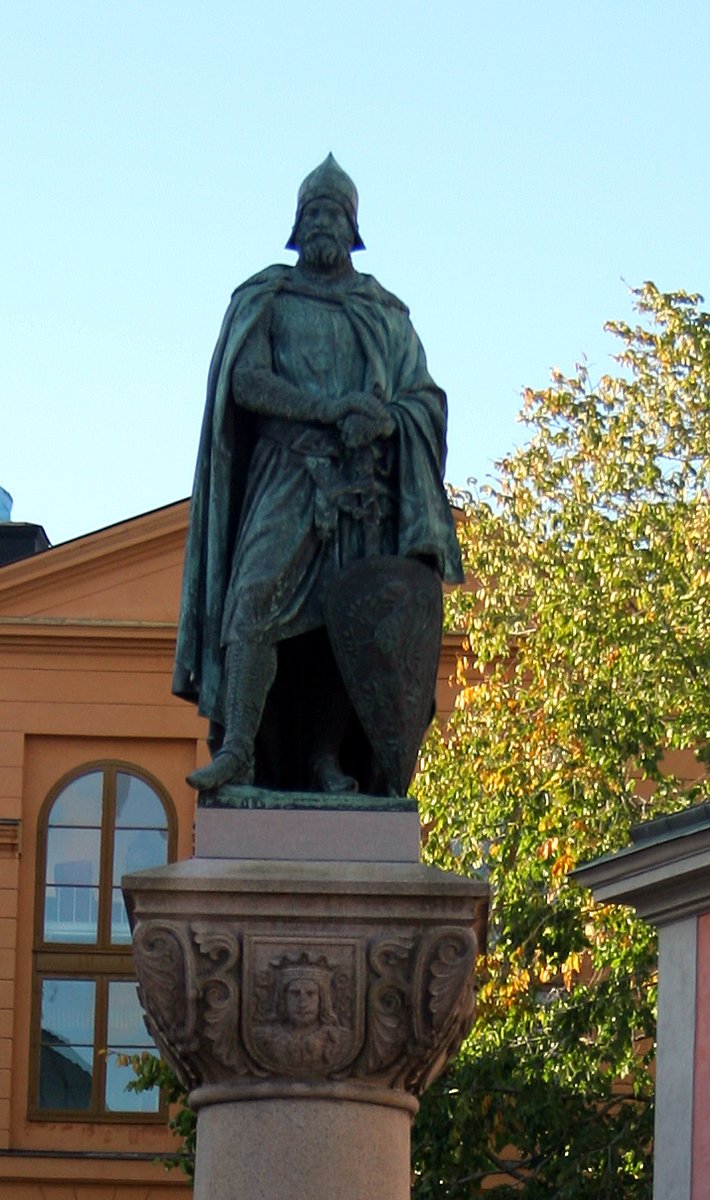
https://twitter.com/Arby_K/status/1598504726911295488Birger Magnusson was born around 1210 to Magnus "Minnesköld" Bengtsson and Ingrid Ilva. Magnus was the grandson of the powerful Scandinavian noble, Folke, while Ingrid may have been a descendant of Sverker, King of Sweden in mid 12th century. 1/10

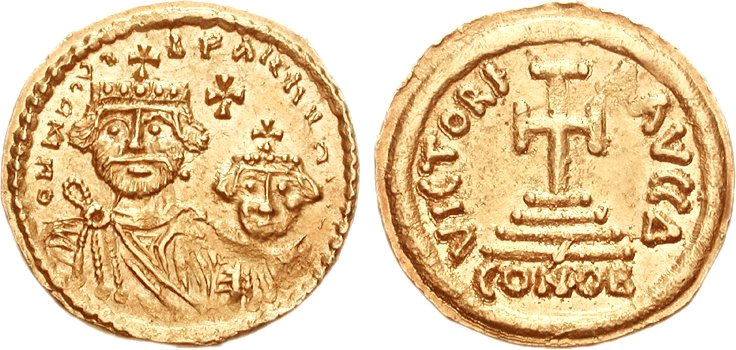
https://twitter.com/Arby_K/status/1597417563159339009Bayan was born likely in early sixth century AD. He may have been part of the ruling elite of a Central Asian Khaganate known as Rouran / Juan-Juan / Jeoujen Khaganate. The Khaganate thrived between mid fourth century AD to mid sixth century AD. 1/10

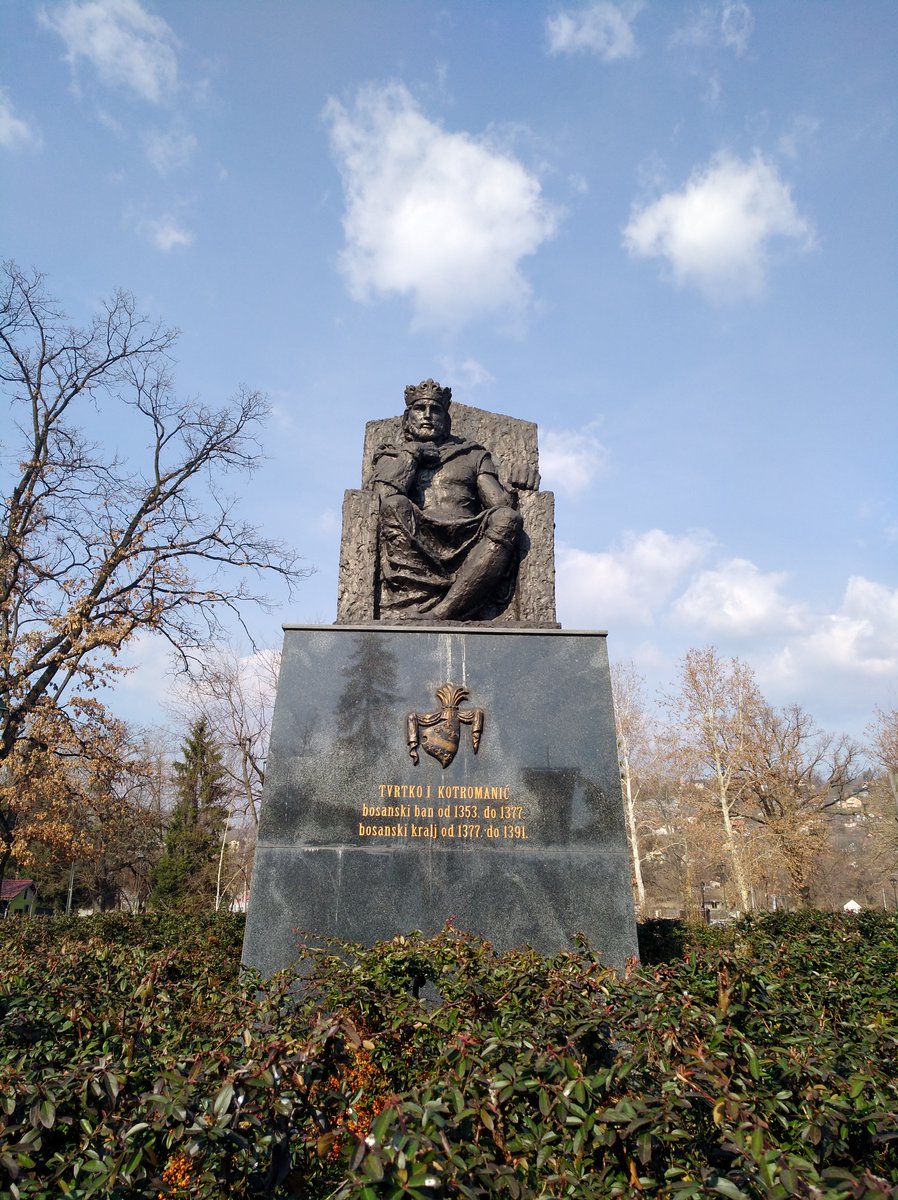
https://twitter.com/Arby_K/status/1595968011310989313Tvrtko Kotromanić was born in 1338 to Vladislav Kotromanić and Jelena Šubić. Vladislav was the younger brother of Stjepan Kotromanić, Ban of Bosnia. The Kotromanić family ruled Bosnia as vassals of their neighbours, the Kings of Hungary. 1/10


https://twitter.com/Arby_K/status/1594880850117636096Adrian von Bubenberg was born around 1434 to Heinrich von Bubenberg, Schultheiss of Bern and Lord of Spiez, and Anneli von Rosenegg. The Bubenbergs were a prominent family of Bern and had been holding the post of Schultheiss (Similar to a Mayor) on and off since 1235. 1/10

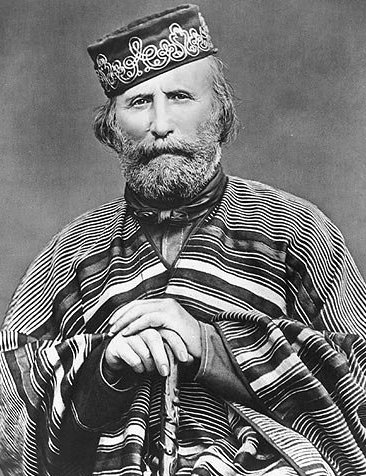
https://twitter.com/Arby_K/status/1593431296306561026Giuseppe Maria Garibaldi was born in 1807 to Giovanni Domenico Garibaldi and Maria Rosa Nicoletta Raimondi in Nice. Coming from a family associated with the sea, Garibaldi also took to the sea becoming a merchant captain. 1/10


https://twitter.com/Arby_K/status/1592344134009950211Theodoros Angelos was born around 1180 to Ioannes Angelos and Zoe. Ioannes Angelos was a grandson of Alexios Komnenos, the Emperor of Constantinople, and Eirene Doukaina, through their daughter Theodora. Ioannes and his brother Andronikos also used Doukas as their surname. 1/10


https://twitter.com/Arby_K/status/1590894581922418689Alexios Komnenos was born to Ioannes Komnenos and Anna Dalassena in 1057. Alexios was the third among five sons of his parents, who also had three daughters. The same year, Isaakios Komnenos, elder brother of Ioannes, seized the throne of Constantinople. 1/10


https://twitter.com/Arby_K/status/1589808464465133568Magnús Óláfsson was born around 1024 to Olaf Haraldson, King of Norway, and Alvhild. Olaf had become king of Norway in 1016, after defeating Sven Haakonson, the Danish Jarl of Norway. The Danish forces, including Sven's brother Eirik were in England at the time. 1/10


https://twitter.com/Arby_K/status/1588357866271875072Harald Gormsson was born in the first half of the tenth century to Gorm and Thorvi. Gorm may have been the son of Hardeknud, son of Svend, and lived north of the march of the North men (Danes). Later Hardeknud or Gorm defeated Sigtrygg and seized the latter's territory. 1/10


https://twitter.com/Arby_K/status/1587270702620704768Basileios was born in 958 to Romanos, Co-Emperor of the Roman Empire in the East, and Theofano (Anastasia). Romanos became the senior emperor of the Eastern Roman Empire, after his father Konstantinos died in 959. Their family had been ruling the empire since 867. 1/10


https://twitter.com/Arby_K/status/1585821140051644417Konon was born in Germanikeia in Syria (Kahramanmaraş in present day Turkey) around 685. Germanikeia had fallen to the Arabs in 638, but his family had been resettled to Thrace in the Eastern Roman Empire. In 685, Constantinople was ruled by the Heraclian dynasty. 1/10


https://twitter.com/Arby_K/status/1584733988337467394Nemanja was born in 1113 to Zavid. His father may have been a son of Uroš, Veliki Župan of Raška (Serbia). Uroš may have descended from the kings of Duklja (Zeta / Montenegro), who briefly ruled over Raška, though Raška had to accept Byzantine suzerainty later. 1/10


https://twitter.com/Arby_K/status/1583284437558513664Danilo Šćepčev Heraković Njeguš was born in 1670 to Šćepan Kaluđerović Heraković and Ana. They lived in Njeguši, near Cetinje, which is in present day Montenegro. Montenegro, which derives its name from Mount Lovćen, was at the crossroads of empires. 1/10


https://twitter.com/Arby_K/status/1582197273693495296Jean de Montfort was born in 1339 to Jean de Montfort, Count of Montfort-l’Amaury, and Jeanne de Flandre. The senior Jean was a younger half brother of Jean, the Sovereign Duke of Brittany and Guy, Count of Penthièvre. 1/10


https://twitter.com/Arby_K/status/1580747721522102272Adelais d'Anjou was born around 945 to Foulques d'Anjou, Count of Anjou, and Gerberge, possibly the daughter of Count of Gâtinais. She had two brothers, Geoffroy and Guy. The former succeeded their father as Count in 958, while the latter became a priest. 1/10
